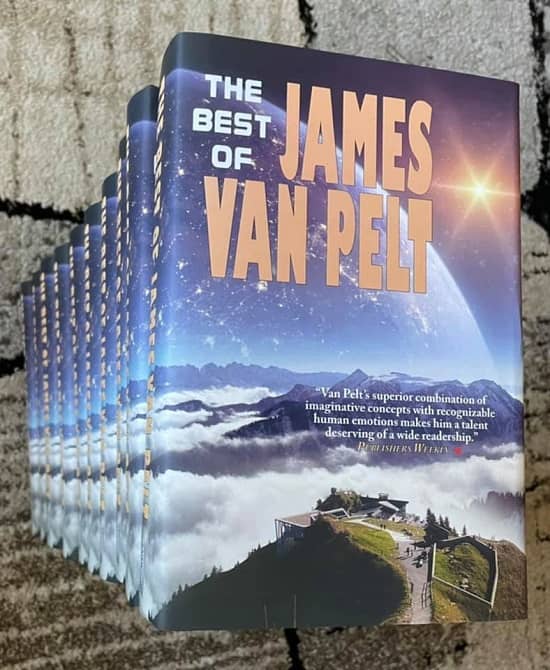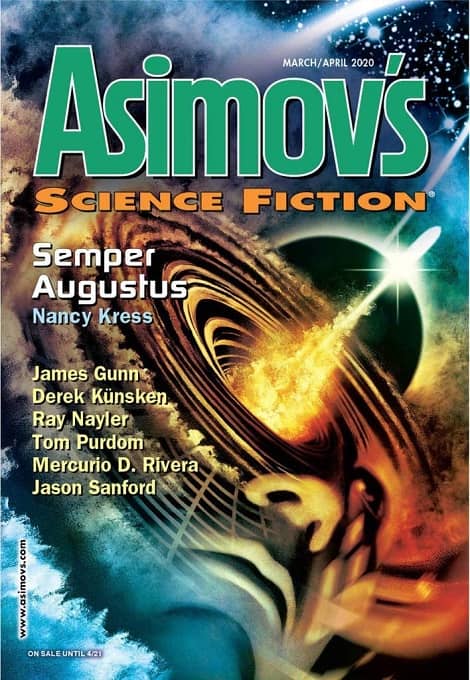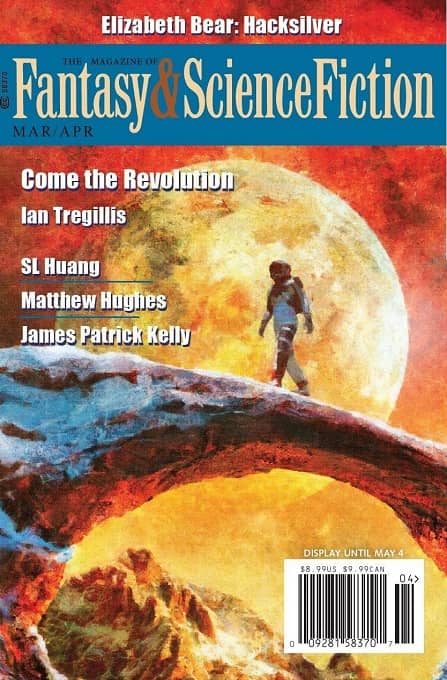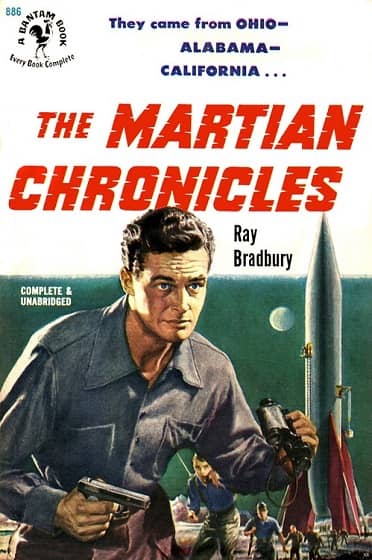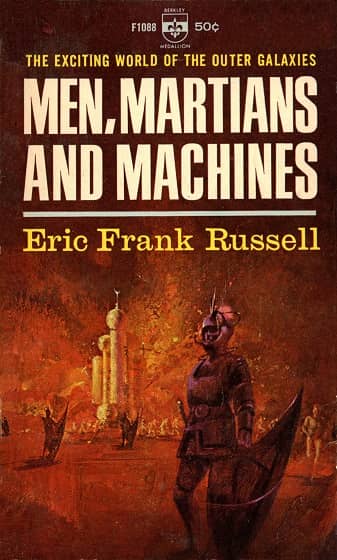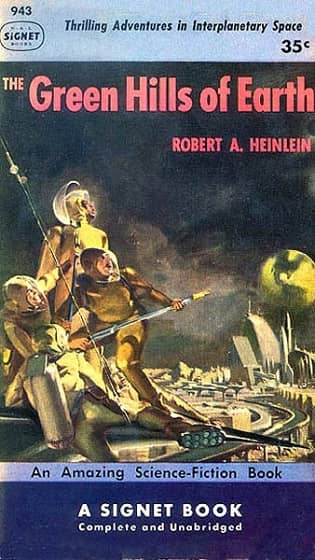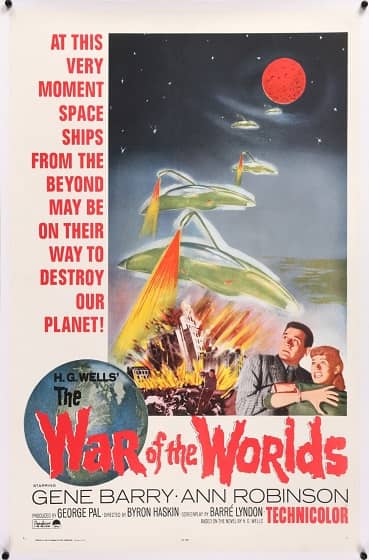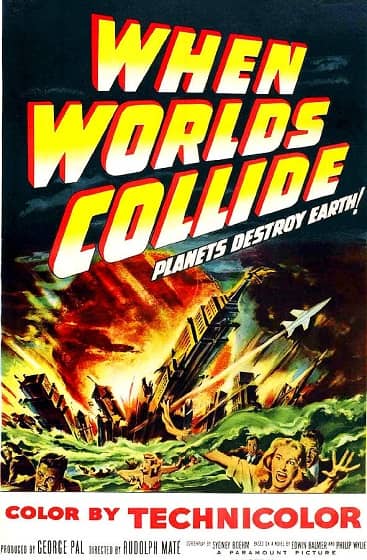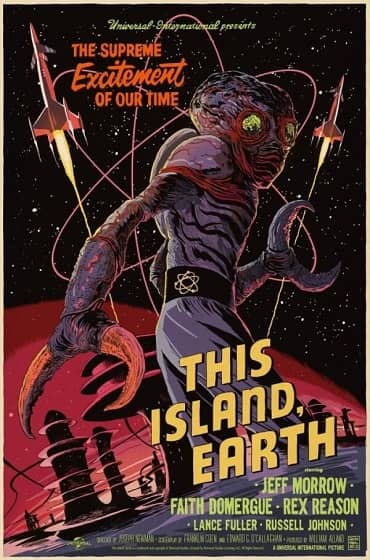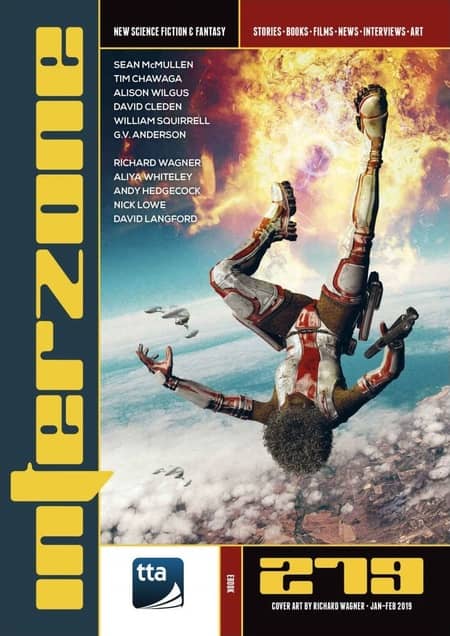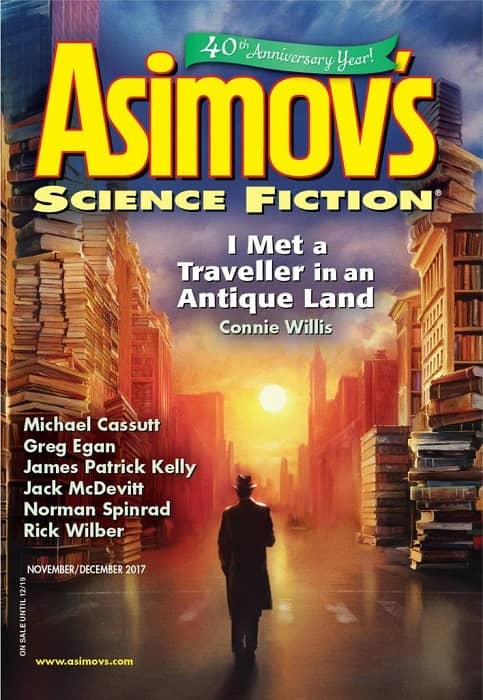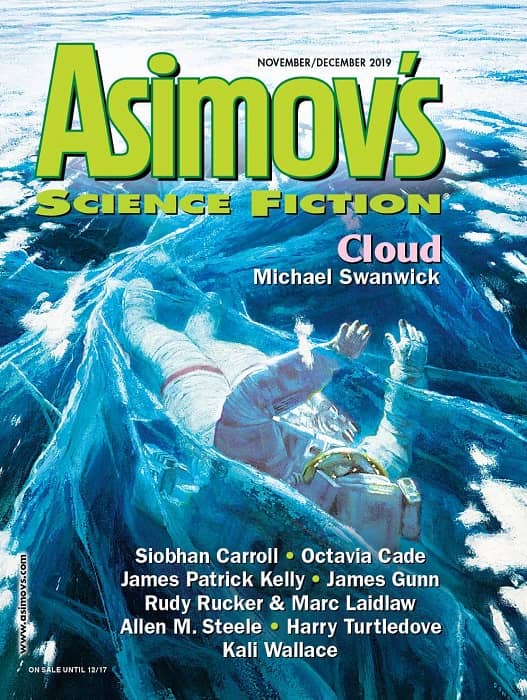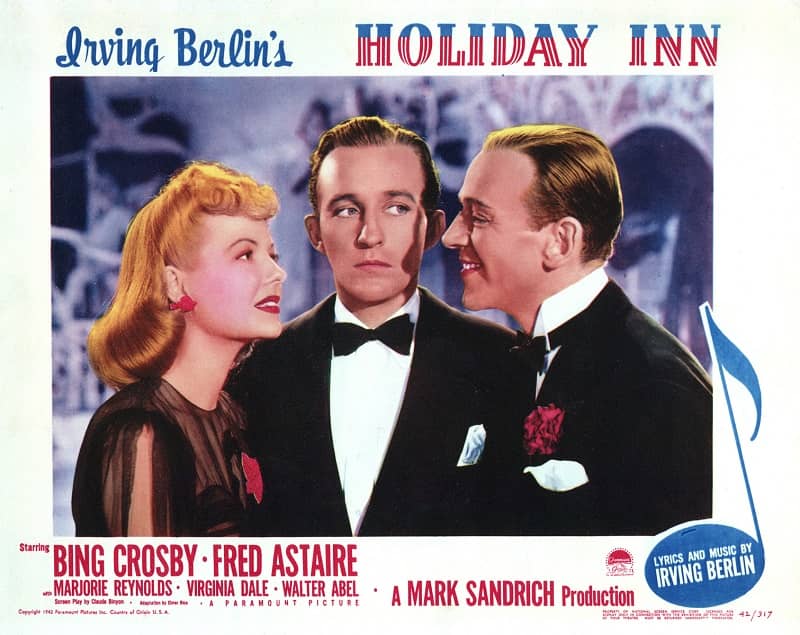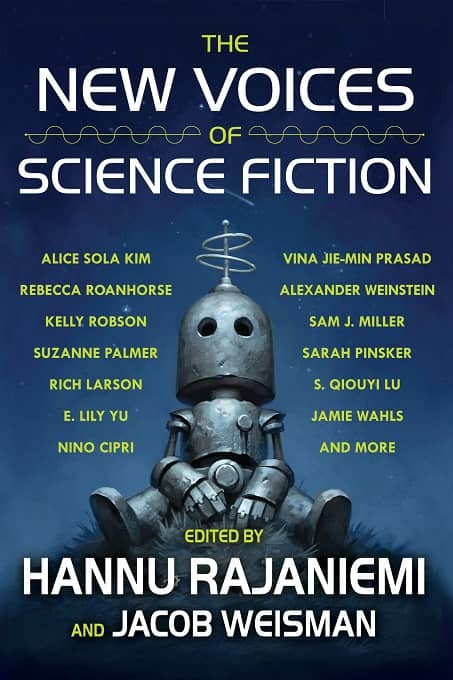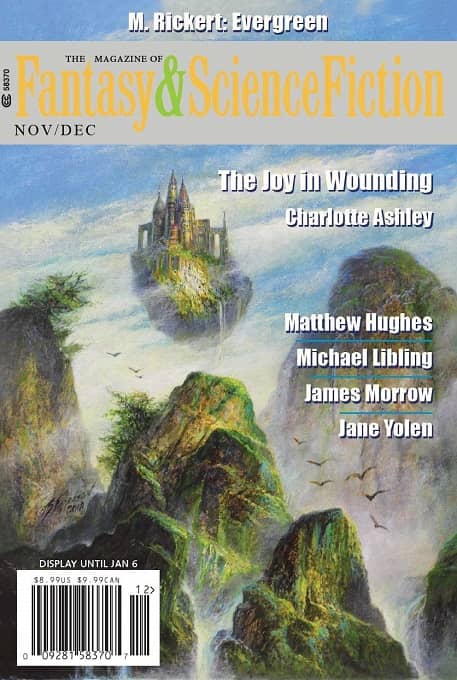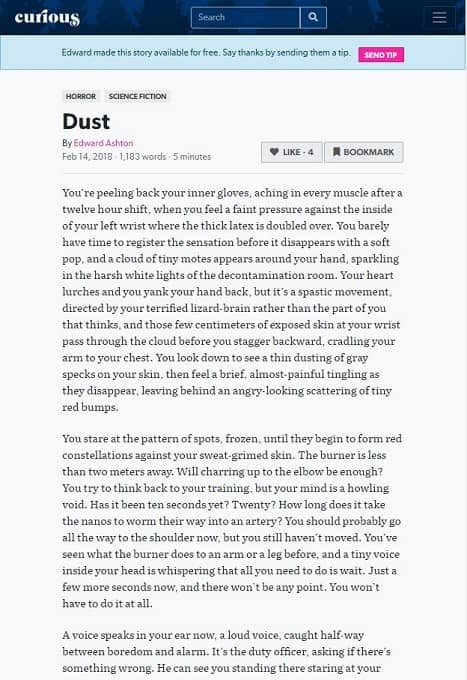The Frustrations (and the Surprising Successes) of Marketing Your Book
I’ve joined a new FB group called “Writers Helping Writers.” One of the members asked about marketing. This is what I said:
Marketing is easy. Effective marketing that actually sells books, however, is hard. My son works for Facebook, so he helped me with an advertising campaign on the platform. We had a $250 budget for one of my collections, The Experience Arcade and Other Stories. One of the ads reached 1,900 readers. 103 people clicked on it. We did sell books, but not enough to pay back our investment. We found the same pattern to be true on the other books we promoted on Facebook.
I have tried quite a bit with marketing: Facebook, Goodreads, advertising in convention bulletins and program books, signings, YouTube videos, readings, postcards, bookmarks, flyers, tee shirts. Also, my publisher has worked hard to get the books to reviewers (my latest book, The Best of James Van Pelt, received a starred review at Publishers Weekly! Hooray!). All of my attempts sold some books, but none of them profited more than I spent. I didn’t pay for any of the reviews, by the way.
The successful books I’ve had seemed to take off on their own. My first collection, Strangers and Beggars and Other Stories, was recognized by the American Library Association as a “Best Book for Young Adults” and has sold several thousand copies. I didn’t do anything to make that happen — I didn’t even know it was a thing.
